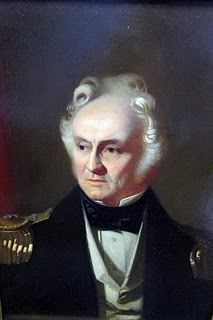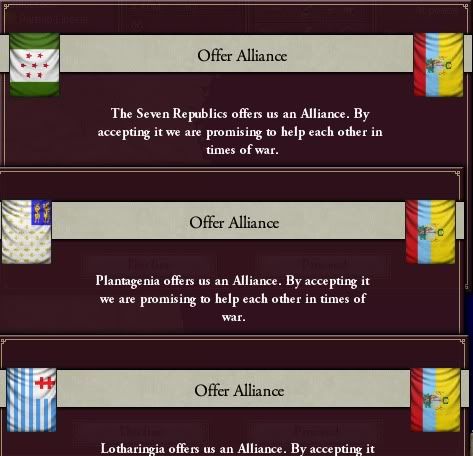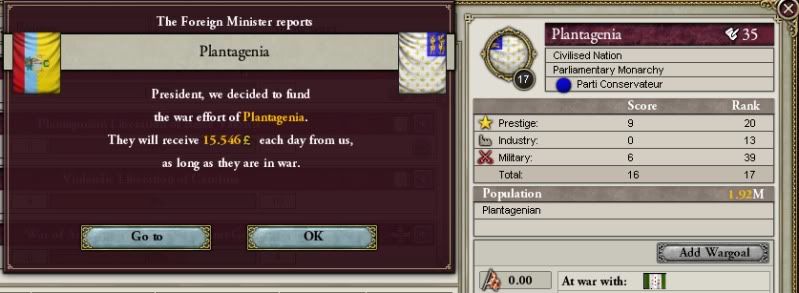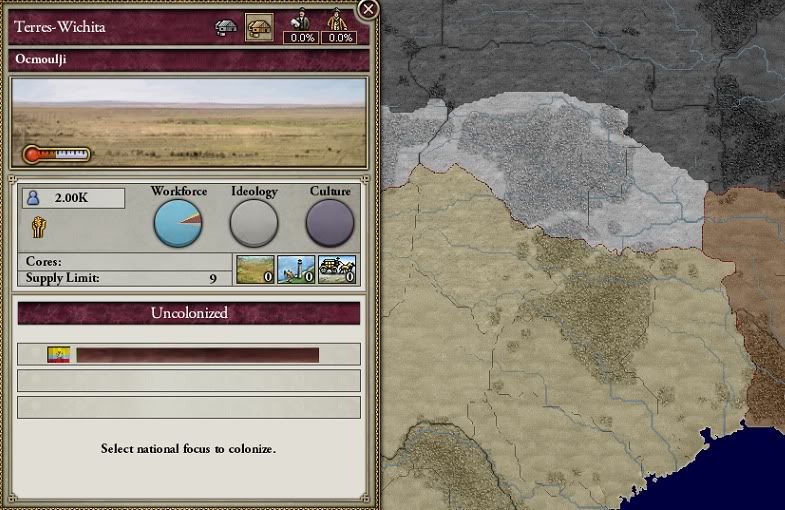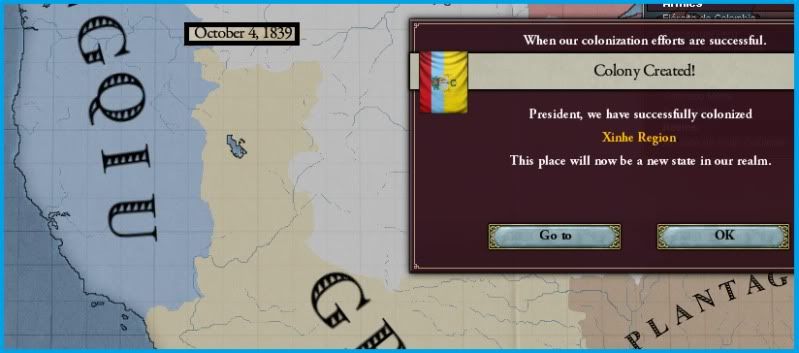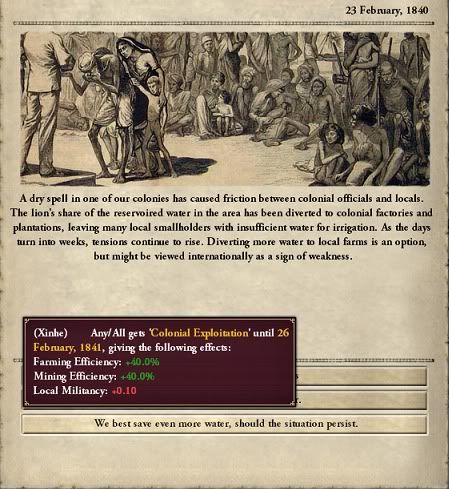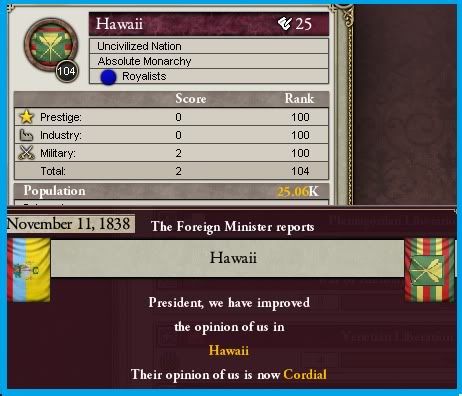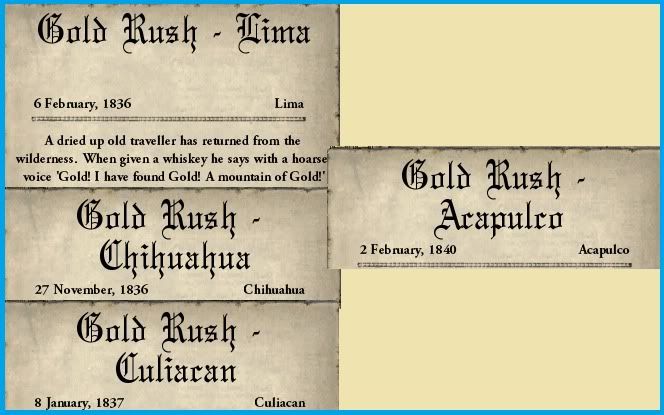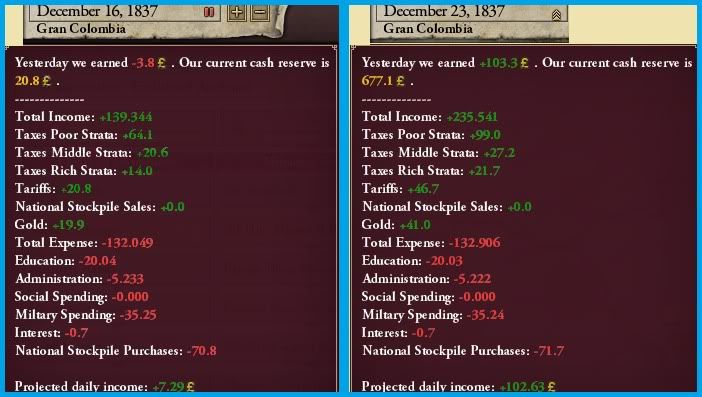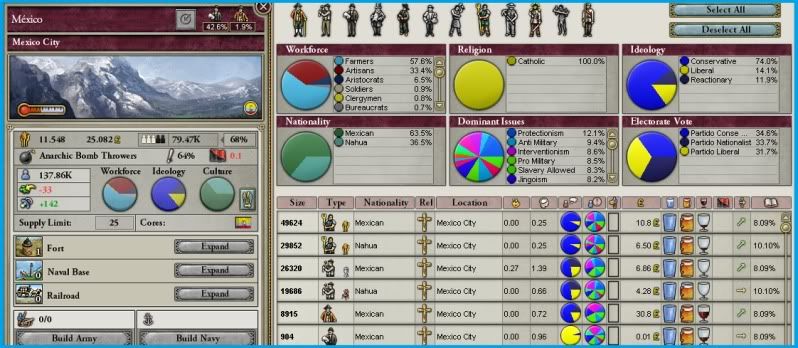Chapter II - Showing the Flag!
“Show the flag and let it wave
As a symbol of the brave
Let it float upon the breeze
As a sign for each who sees
That beneath it, where it rides
Loyalty to-day abides
Show the flag and signify
That it wasn't born to die
Let its colors speak for you
That you still are standing true
True in sight of God and man
To the work that flag began
Show the flag that all may see
That you serve humanity
Let it whisper to the breeze
That comes singing through the trees
That whatever storms descend
You'll be faithful to the end.”
- ‘Ode to the Colors’ by an anonymous 19th century Colombian poet
Pedro O'Leary, Captain of the schooner Anáhuac and self-appointed ambassador of Gran Colombia in the Pacific for the balance of the 1830's
Despite the difficulties at home, on the world stage, Gran Colombia’s star would not fade. As the most powerful state in the Western Hemisphere, her capital was always buzzing with diplomats seeking some form of favor or good will. Throughout the Guerrero administration, the ambassadors of the Seven Republics, Plantagenia, Lotharingina, Vinland, and Beornia bombarded the Ministry of State with offers of alliance. The government only accepted the offer of Plantagenia was a way to protect the northeast flank of the country. The 1836 treaty also settled the border of the two states at the Mississippi, which laid the ground work for near-future projects.
The inbox of the Minister of State anyday during the 1830's
El Norte
Even before the Treaty of Tampico was signed, General Martin Perfecto de Cos, recently appointed Governor of Tejas (1835), had organized an expedition of 3,000 soldiers and Lusitanian tenant farmers to march north to “finally settle the territory drained by the Red and Cibola rivers, known as Wichita by the Indios, as it has long been claimed by the Republic and the preceding government of the Crown.” The expedition set out in March and by June of 1837 a fort and township were well established.
To the west lay the long disputed borderlands with the ‘Chino’ republics of Qingqiu. The area was well explored by states, but neither had ever been able to sustain a presence in the area due to its harshness and the general hostility of the native tribes. So following the success of Wichita, the government dispatch a similarly sized expedition to cross the Colorado river and settle the area know. by the Chinese name Xinhe. In the space of a year and a half, the militiamen and settlers defeated the local Ute warbands, driving them northward, and harassed the encroaching Chinese that those who remained had no choice by to swear allegiance to the Republic (Oct, 1839). The pain for the local Chinese farmers did not end there, however, as a dry winter led to a water shortage. The new governor, Antonio Lopez de Santa Ana, restricted the usage of stored water to his own estate and a few other large haciendas, leaving everyone elses land to turn to dust*.
Santa Ana's policies, despite his harsh method, held the favor of the government as well as new settlers from the south who felt no trust or sympathy for their Chinese neighbors
The Effects of La Reforma
Even the high seas were not a barrier to Colombian ambitions, with Captain Pedro O’Leary reaching and opening the Kingdom of Hawaii to relations with the Republic in 1838 (where only the Anglo-French and Spanish had tread before). Gold strikes through out the decade in both the Andes and the Rockies gave the government much needed bullion and attracted wave after wave of immigrants, especially from the repressive regimes of central and eastern Europe (mostly Germans and Byelorussians). Many of these men did not get rich in the rushes, but stayed on because even with the general turbulence and corruption of the government, Gran Colombia was still a beacon of freedom and prosperity to the people of the Old World.
This view was further confirmed by the Liberal government’s passing of the Act of Freedom of Trade in December of 1837. The Act, which increased the governments income in many areas by 100%, broke up the old large estates that were virtual personal kingdoms for their owners+, abolished all previously held monopolies and trade privileges, and made the federal government the sole arbiter of tariffs and tolls on pain of death. Not only did the government benefits, but also a new generation of entrepreneurs (most of Nauha descent) who bought up many of the confiscated factories and lands in the Valley of Mexico. These men would lay the groundwork of the nascent Colombian Industrial revolution.
Mexico City in the late 1830's
____________
* Only a few years later, shortly after Santa Ana's removal by the conservatives, the Anglo-French traveler and politician Alexandre de Tocqueville praised the situation in Xinhe as "a model to all colonial and frontier states of how to properly organize and bring prosperity to territories, in spite of their distance from the metropole."
+Certain allies of the Liberals and major members of the party were secretly exempted from this grand redistribution.


